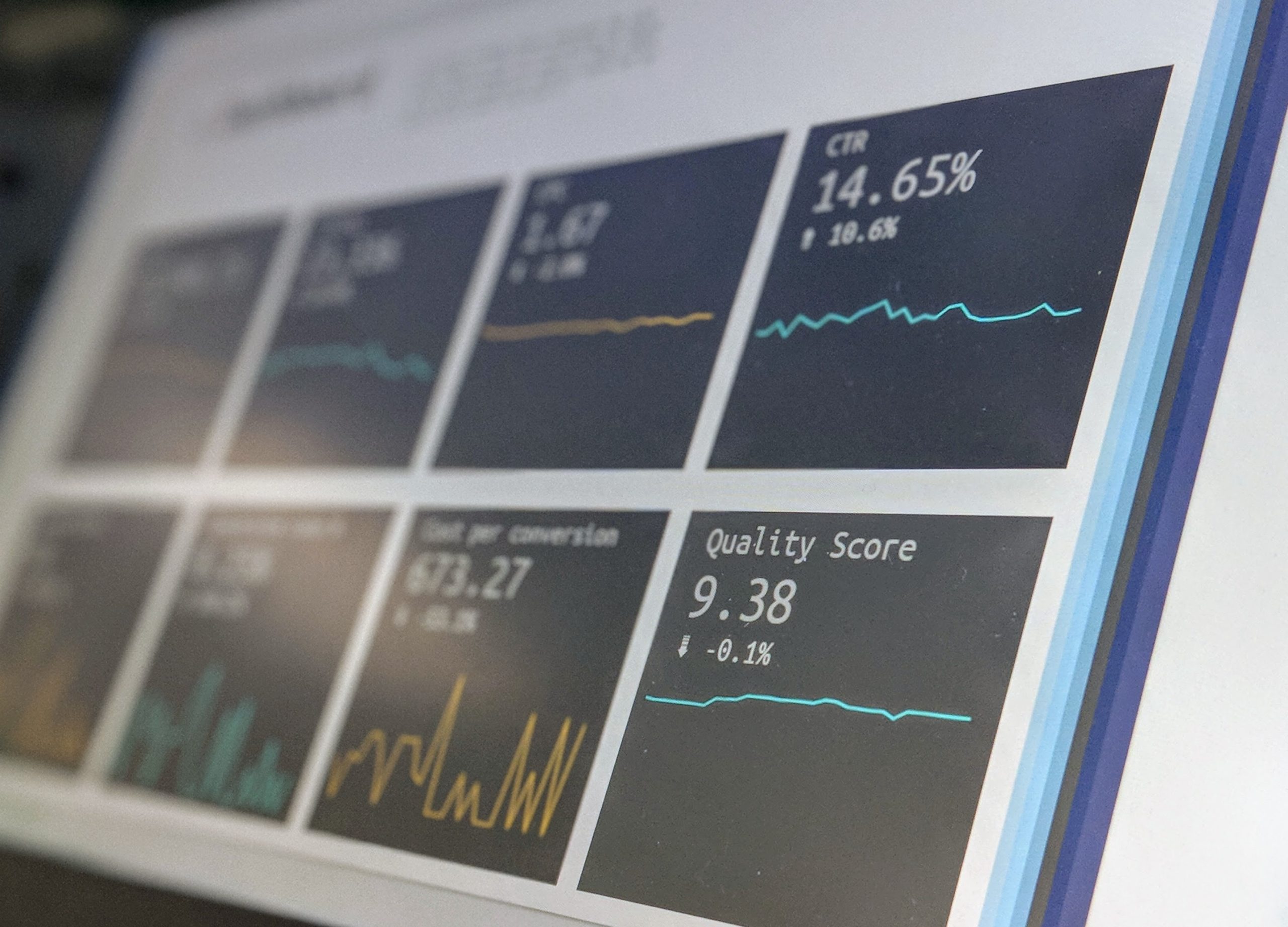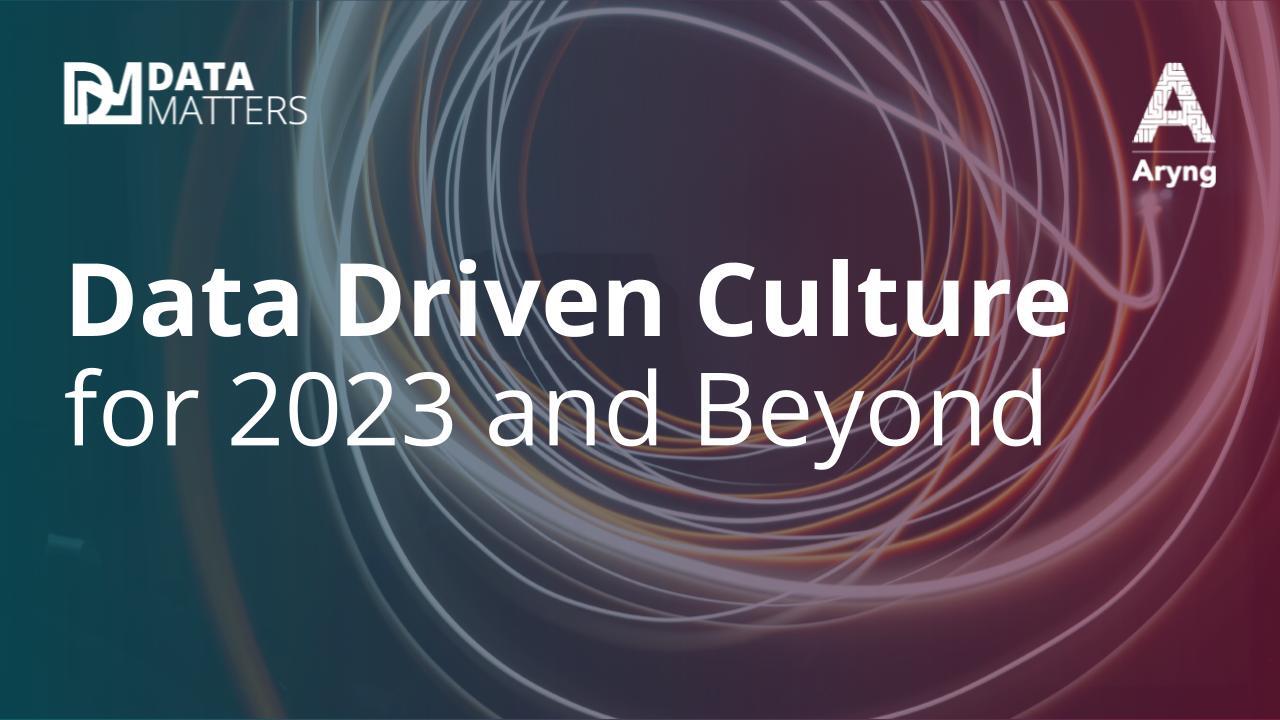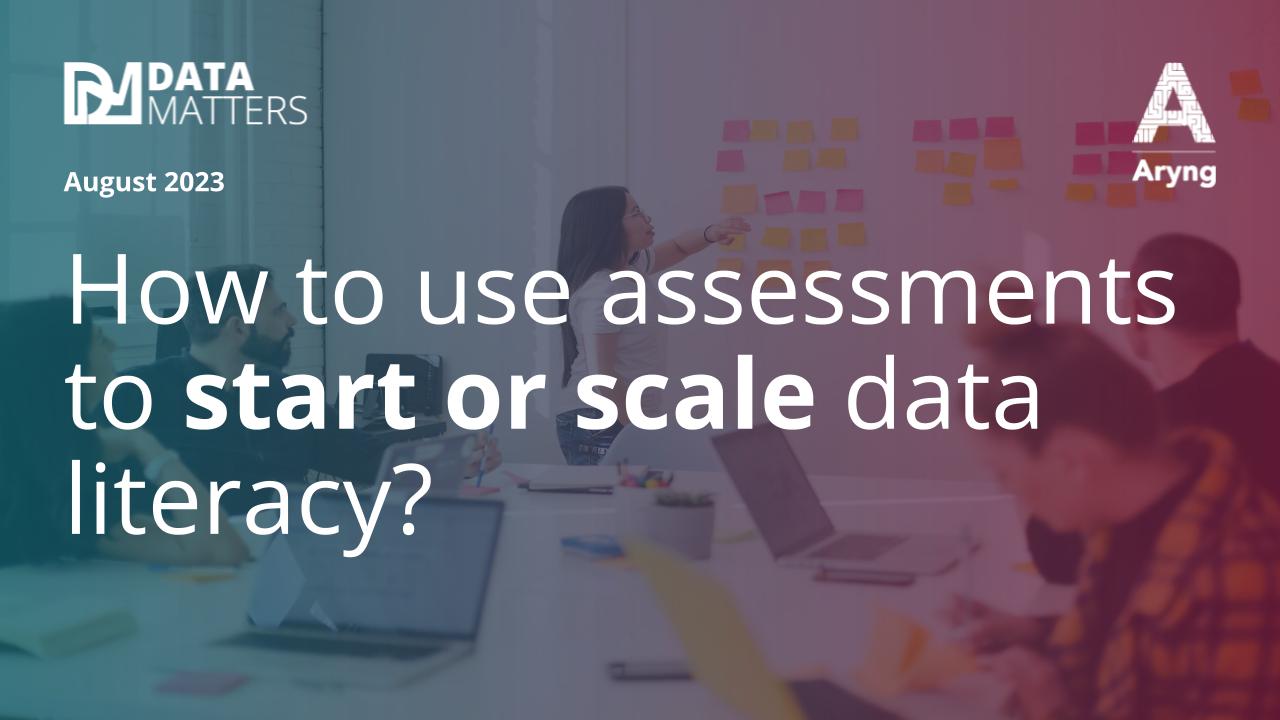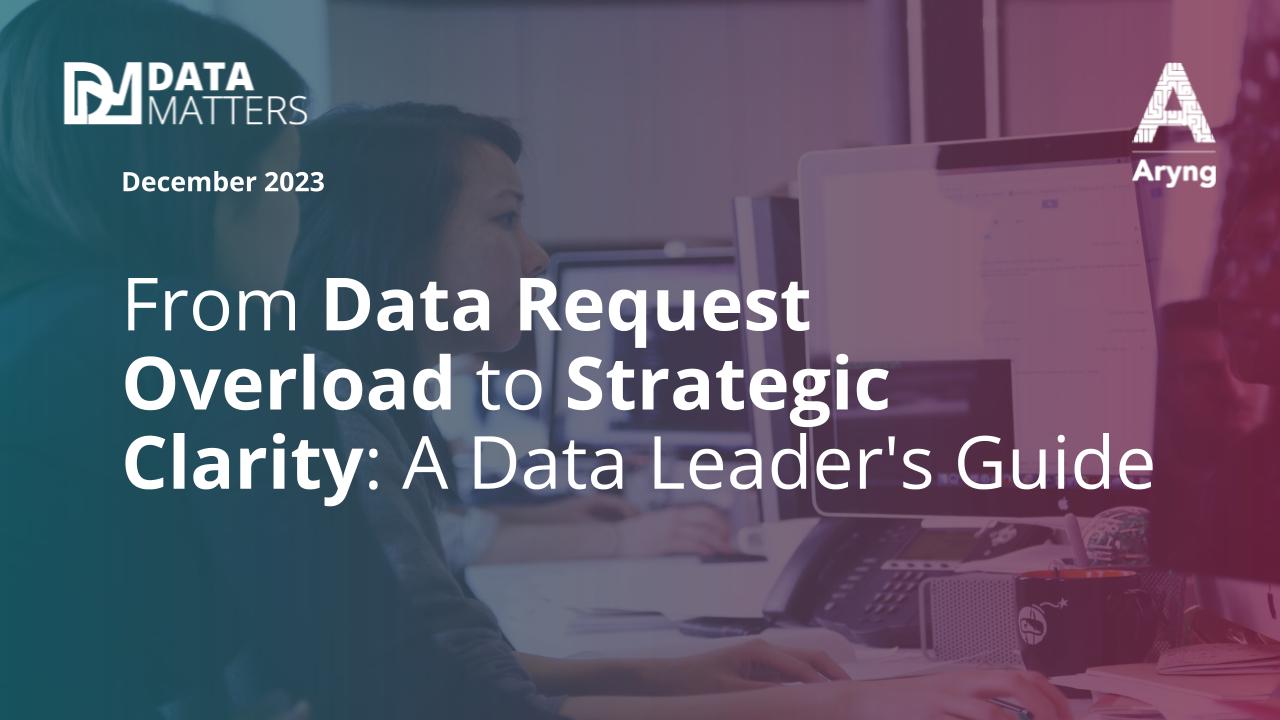Data-driven leadership is the most critical aspect of scaling data literacy across an organization. Leaders align data literacy to business impact, they foster a decision-making process that is data-driven and champion a common data analytics process.
Align on Business Impact
If an organization is pushing to develop data literacy, it is safe to assume many of its employees would be reluctant to make the change, also called data skeptics. Some would be enthusiastic about it but might fail to understand what needs to be done. Others, however, might understand and be able to read and interpret data.
Leaders can begin by working together across functions on strategic alignment. Define what data literacy means to your organization and your expectations. Your success metrics, and how to achieve them. Too often, data literacy is just a training program measured by course completions and tests. While this is a good leading indicator of success, it is difficult to sustain momentum and the business value is unknown.
Next, leaders can adopt a strategic decision-making process. Have a way to prioritize potential high-value use cases where data analytics can unlock business impact. Then, align on which ones the leadership team will sponsor as data analytics projects.
Third, champion a common data analytics process that is designed for business impact. The process gives employees the tools they need to learn and become data literate while actually doing data analysis. The process provides a common language and scales. Business people learn to work effectively across functions and with data experts.
Outcomes
Data literacy is not the ultimate goal. Data-driven leadership drives dollars for the business. They understand the power of data and they establish a process that seeks to maximize the potential. The presence of data-driven leadership implies that the company’s decision-making process is based on data, facts, and/or assumptions rather than on opinions and intuitions. They understand insights from data. They hold the team accountable for their decisions. When leaders define their expectations for data literacy, they make better decisions on data literacy training and implementation plans.
Example of data-driven leadership
A client hired a new Vice President of Marketing. He restructured the marketing initiative planning process by introducing zero-based budgeting. He also implemented the following guideline: every project will be funded based on the expected Return on Investment, or ROI.
This meant that no project could be funded unless it showed a clear line of sight to revenue. Because of this, marketing managers had to think through their targeting and segmentation strategy to understand and estimate the expected ROI. After proper evaluation, the managers could present their strategy and budget for their respective projects. Not only that, the new VP held people accountable for the ROI they were signing up for. A review process pitted the expected revenue against the reality so that those concerned could learn from their experience and mistakes.
About Aryng
Aryng is a Data Science consulting and training company. We are a unique partnership of analytics professionals with decades of experience in Fortune 100 companies, conducting analytics, building and managing Business Intelligence and Analytics teams, and delivering cumulative results in the $100s of millions.
Analytics Consulting:
Aryng’s SWAT Data science team is uniquely positioned to get guaranteed Rapid ROI because of our proprietary hypothesis-driven BADIR framework, which aligns the stakeholders to a standard Aryng’s data culture framework is the only one of its kind, grounded in real practices and tied to business impact. proven to deliver business impact. We have industry-ready, immersive, hands-on training that delivers impact. We have role-based training from Citizen Analysts to Data Scientists. Our training uniquely covers Data Science as well as Decision Science takes insights into decisions and then to dollars. Our applied learning ensures that the data culture is established through live projects from their work.









